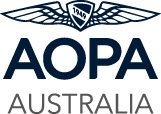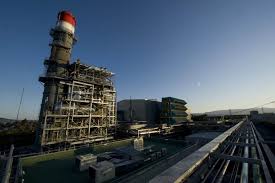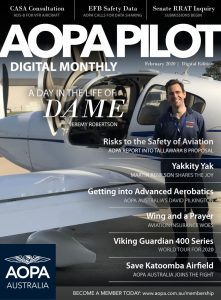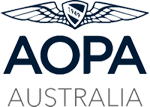In April of 2020, the Civil Aviation Safety Authority provided advice to the NSW Department of Industry and Planning, communicating that the high-temperature gas plume from Tallawarra B in close proximity to Shellharbour Airport must not exceed a vertical speed of 6.1 m/s at 700 feet agl, otherwise it poses a risk to the safety of aviation. No doubt a win for Energy Australia and a stunning body blow for common-sense and aviation safety generally.
More concerning, is that CASA took no steps to require any physical validation of the project to comply with 6.1m/s, they imposed no requirements that the plume be measured, assessed or even monitored on an ongoing basis – so much for aviation safety, right!
Rather, CASA elected to simply rely on Energy Australia to do the right thing. Hand-balling the responsibility for aviation safety to the NSW Department of Industry and Planning, who have unwittingly become responsible for aviation safety at Shellharbour Airport.
In order to achieve the targeted plume vertical velocity of 6.1 m/s at 700 feet agl, Energy Australia are planning an engineering modification to the exhaust stack(s) to diffuse the plume to reduce its vertical velocity. Their plume rise assessment consultants since 2010 declared that it is not technically possible to reduce the plume vertical velocity by mechanical means alone, because the prime contributor to the plume vertical velocity is the thermal energy contained in the exhaust gases.
The plume rise challenge was so significant that Energy Australia changed their plume rise assessment consultant, changed the model used for assessment, and commissioned plant designers to achieve the targeted result. The theoretical engineering modification now achieves the targeted 6.1 m/s at 700 feet agl. Model validation for such use is not available.
AOPA Australia is deeply concerned that the model predicted results might not be sufficiently accurate for use under such an aviation safety critical situation. The plume is situated in the circuit of Shellharbour Airport, where aircraft are in a reduced energy state, arriving to land, departing the circuit, or conducting various forms of aviation training.
To ensure the safety of aviation post Tallawarra B commissioning, it is critical that NSW Department of Industry and Planning require Energy Australia to empirically confirm that the plume never exceeds 6.1 m/s at 700 feet agl. This can be practically, and reasonably inexpensively, conducted by the following means:
- Hire a fully-independent third party provider specialising in such procedures, to test fly the plume. Airborne Research Australia is one such body. They are a not-for-profit body with appropriately equipped aircraft in Australia, and their budget estimate to carry out this activity is $15,000 to $20,000;
- Utilise appropriately sensitive equipment in aircraft of concern to test the plume velocity. Airborne Research Australia have very sensitive equipment available for use in local aircraft of concern. CASA approved safe test flying programmes can be adopted with suitably qualified ‘test pilots’. Airborne Research Australia equipment has been used successfully by CASA in the past for various CASA-certification trials, for example, when Paspaley replaced the piston engines in their Mallards with turbines, and in trials to certify a Beech 1900 for operations from unsealed runways. Relevant local aircraft owners who own aircraft types of most concern, have volunteered the use of their aircraft, and several suitably qualified instructors have also volunteered their time at cost, to conduct any CASA approved series of test flight programmes. A budget estimate for such an approach is approximately $10,000.
There are, no doubt, other suitably qualified, third party organisations capable of such flight testing.
Should the post commissioning test flight programme confirm the plume never exceeds 6.1 m/s at 700 feet agl, AOPA Australia and industry would fully support ongoing implementation and education of the aviation community.
Should however, the testing confirm that the plume does exceed 6.1m/s at 700 feet under any circumstance, AOPA Australia and industry would expect the NSW Department of Industry and Planning to impose operating limitations on Tallawarra B to ensure it never posed such risk to aviation safety.






